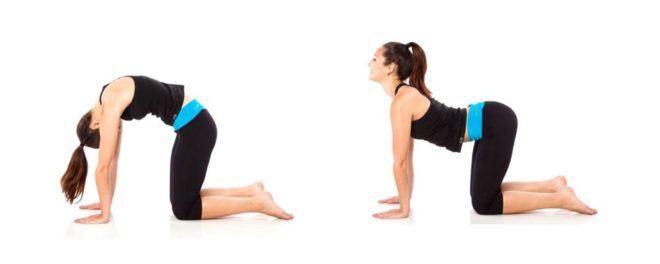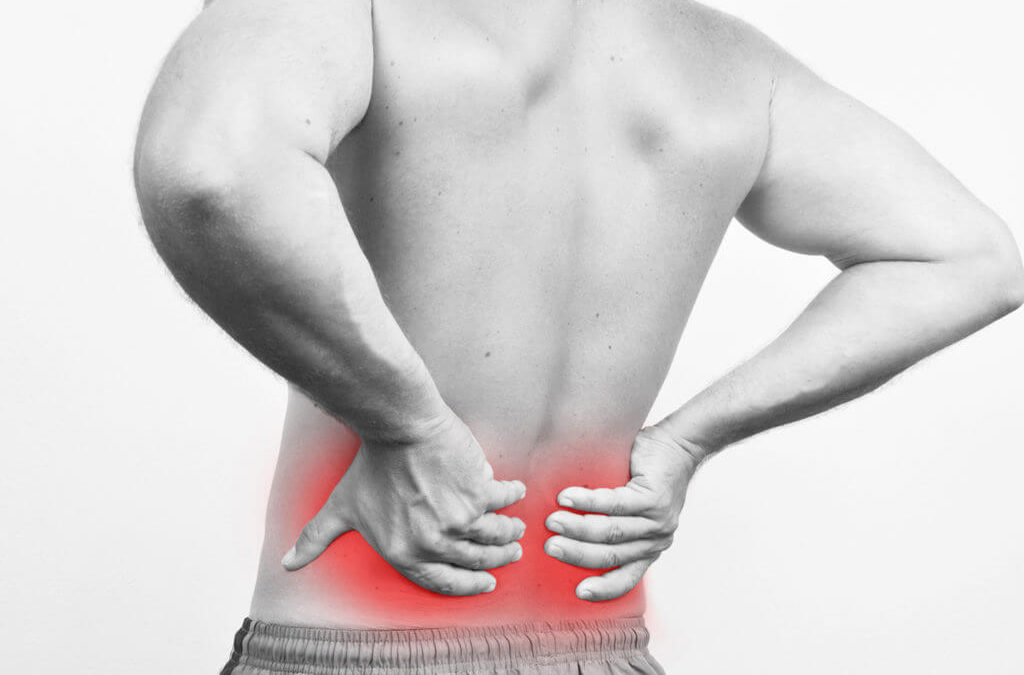Musculoskeletal disorders are amongst the most prevalent long term illnesses, and account for more pain and disability than any other medical condition. The most common reported musculoskeletal complaint is lower back pain and studies indicate that 60-70% of individuals are likely to experience non-specific lower back pain at some point during their lives.
Although there are many risk factors that may predispose people to lower back pain such as genetics, acute injuries or posture there are also many cases that have no specific cause and it’s these that are normally the most frustrating. Lower back pain is one of those things that have a tendency to recur, and this is the main reason people who suffer with back pain get a whole heap of ‘ups’ and ‘downs’ when it comes to their symptoms.
So what really is the underlying factor of why back pain occurs, and why does it seem so difficult to get it all under control?
Let’s look at a funky looking word called tensegrity – sounds made up, right?
Well basically tensegrity is this: 
So look at it and tell me what you think would happen if you took out one part of it? The whole structure would be somewhat affected right? Think of your body as being just like this structure – we must stop thinking of our back pain as an isolated issue in our backs and more as a holistic issue involving our entire bodies.
So what can you do?
There are plenty of in direct exercises you can do to help your back. You may be sitting here reading this next paragraph and feel like asking how on earth that is going to help your back… bear with me and remember what I said in the paragraph above.
1. Stand / Walk more often – sitting down puts unneeded stress throughout your lower back and tightens or deactivates key posture muscles. Stand up and walk around while talking on the phone or put things out of reach so you have to get up to reach them.
2. Stretch your hip flexors – tight hip flexors can cause anterior pelvic tilt (fancy name for your bum sticking out more than it should) which puts your lower back in a vulnerable position. This may not be a problem while standing or sitting but add some load and your back may get a little upset with you.
3. Strengthen your glutes – The glute muscles stabilise the hip and work to maintain an upright torso when walking. Under active glutes cause your hamstrings and lower back to compensate, so guess what it taking most of the load? (Hint, it’s your back).
So think about it, is there actually something else causing your back pain? If you take anything away from this post please understand that the body is all connected and one thing can most definetley and does affect another. Your hips, back, glutes and hamstrings are just a small minority of areas connected to and could be the reason for your lower back pain. More often than not, the pain you experience is purely just from stability issues or mobility issues in the surrounding musculature.
“We don’t assume ‘head injury’ when we have a headache… Why do we assume ‘back pain’ = ‘back injury’?”
Some of the best exercises to relieve lower back pain
Cat Camel – begin on all fours with your hands directly under your shoulders and knees directly under your hips. Move your spine into a neutral position and from there pretend like someone has a piece of string attached to the middle of your back and is pulling it towards the sky. Hold for 3-5 second and relax your back, allow your stomach to fall toward the floor, bring your shoulders together and stretch your back downwards into a sway back position. Repeat at least 5 times.

Glute Bridge – Lay on your back with bent knees, hip distance apart and feet flat on the floor stacked under knees. Draw your belly button to the floor and squeeze your glutes as you lift your hips into a bridge. Hold at the top for 3 seconds before returning to the mat with control. Repeat 8-10 times.

Thoracic Rotation – Lying on your side with knees up at 90 degrees and arms reaching forward, slide your top arm along your bottom arm, across your chest and eventually unfold the elbow and stretch the arm out long. You should feel a full rotation of your waist and trunk and a stretch from fingertip to fingertip. Return to starting position and repeat 5-8 times each side.

Improving overall flexibility is the single most powerful self-treatment available for relieving lower back pain, and this is why the benefits of stretching cannot be encouraged enough in dealing with lower back pain. In saying this, it’s important that you look to improve your body’s overall flexibility – not just the muscles of your back but your entire body. Best thing about this strategy? You’ve got nothing to lose from giving it a go, it costs you nothing and most importantly it doesn’t involve surgery or drugs of any kind.
So before looking into ‘back injuries’ and trying to narrow down what your back injury has stemmed from, take a step back and see if there is a much simpler explanation to what could be a relatively ‘easy fix’ with a little bit of routine and an open mind.
References:
Exercise Right. (2018). Top 3 Tips for a Reducing Back Pain – Time to stop the pain. Exercise Right. Available at: http://exerciseright.com.au/from-habits-to-back-pain/
Exercise Right. (2018). Why Does My Back Keep Hurting? – Exercise Right. Available at: http://exerciseright.com.au/why-does-my-back-keep-hurting/
HealthSkills Blog. (2018). Great expectations – and low back pain. Available at: https://healthskills.wordpress.com/2017/07/31/great-expectations-and-low-back-pain/
Students 4 Best Evidence. (2018). Tailored exercise vs. general exercise for low back pain & movement control impairment – Students 4 Best Evidence. Available at: https://www.students4bestevidence.net/tailored-exercise-vs-general-exercise-low-back-pain-movement-control-impairment/
